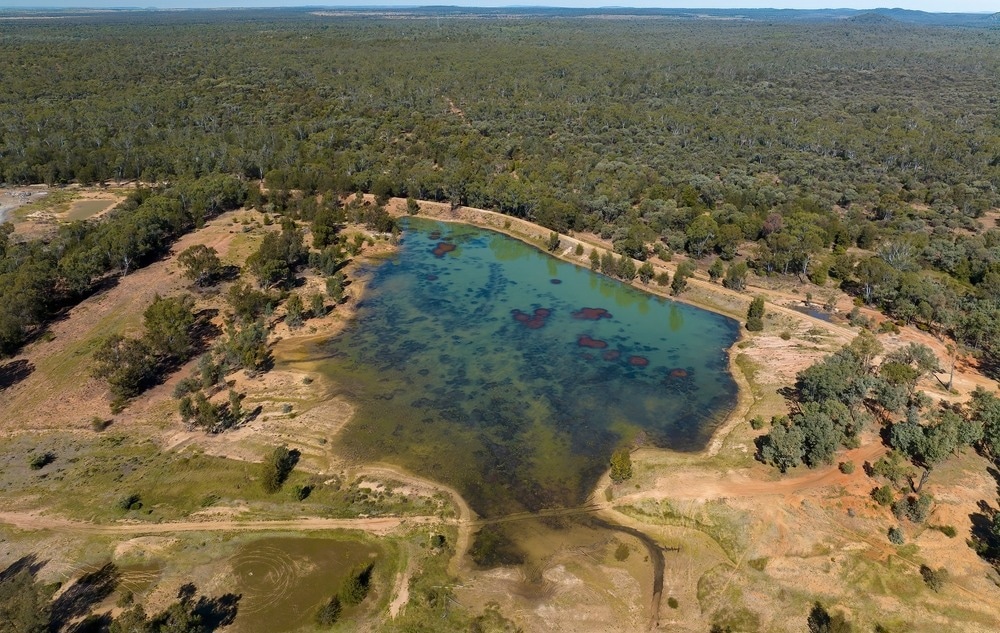In a recent article published in Communications Earth & Environment, researchers investigated the environmental impacts of artisanal and small-scale mining (ASM) in Madagascar, specifically focusing on the sapphire mining rush in Bemainty in 2016.

Image Credit: Jackson Stock Photography/Shutterstock.com
This study is significant as it employs counterfactual methods to evaluate the effects of ASM on forest cover, contrasting it with alternative land uses. The authors aim to provide a nuanced understanding of ASM's environmental consequences, challenging the prevailing narrative that often associates ASM with severe ecological degradation. By examining the specific context of Bemainty, the research seeks to inform better management practices and policies regarding ASM.
Background
Artisanal and small-scale mining is widespread globally, often linked to significant environmental damage, particularly in regions like the Amazon and parts of Ghana, where mining practices are more mechanized and involve harmful chemicals such as mercury. However, the environmental impacts of ASM can vary greatly depending on local conditions, including the type of mineral being mined, the methods employed, and the socio-economic context.
In Madagascar, ASM primarily targets gemstones, metals, and other minerals, with sapphire mining being particularly prominent. The study highlights that while ASM can lead to deforestation and biodiversity loss, the extent of these impacts is not uniform and can be limited under certain circumstances. The authors emphasize the need for a more detailed understanding of ASM's effects, particularly in regions where mining occurs in a less intensive and more localized manner.
The Current Study
The research employs quantitative and qualitative methods to assess the environmental impacts of the mining rush in Bemainty. The authors utilize counterfactual analysis to create a synthetic control group, allowing them to compare forest cover changes in the mining area with similar regions that did not experience mining.
This approach helps to isolate the effects of ASM from other factors influencing deforestation. The study also incorporates field data from lemur surveys and semi-structured interviews with residents and miners to gain insights into mining activities' ecological and social dimensions.
The lemur surveys were conducted along established transects, while interviews aimed to capture the perspectives of those directly affected by the mining rush. The authors carefully selected variables to control confounding factors, ensuring that their analysis accurately reflects the impacts of ASM on forest cover.
Results and Discussion
The findings reveal that the mining rush in Bemainty had limited impacts on forest cover, contrary to expectations based on more severe cases of ASM elsewhere.
The short duration of the mining rush, the low-tech methods employed, and the specific characteristics of the local environment contributed to this outcome. The study indicates that miners selectively harvested timber, favoring deadwood for firewood and avoiding large-scale deforestation.
Interviews with miners suggest that local customs and a preference for sustainable resource use influenced their practices. While the study did not detect significant forest degradation through satellite imagery analysis, it acknowledges that small-scale impacts may still affect forest structure and biodiversity.
The authors argue that the limited environmental impacts observed in Bemainty highlight the heterogeneous nature of ASM and the importance of context in evaluating its effects.
They caution against generalizing the negative impacts of ASM based on extreme cases, advocating for a more nuanced approach to policy and management.
The study underscores the need for tailored strategies that consider local conditions, the scale of mining activities, and the socio-economic context of communities involved in ASM. By recognizing the potential for limited impacts under certain circumstances, the authors call for a reevaluation of policies that may inadvertently harm local livelihoods while aiming to protect the environment.
Conclusion
The study provides valuable insights into the environmental impacts of artisanal and small-scale mining in Madagascar, particularly in the context of the Bemainty sapphire rush.
The research demonstrates that ASM can have limited effects on forest cover when specific conditions are met, challenging the prevailing narrative that associates all ASM with severe ecological degradation.
The authors emphasize the importance of context-specific evaluations and the need for policies that balance environmental protection with the livelihoods of local communities.
By highlighting the complexities of ASM's impacts, the study advocates for a more informed and nuanced approach to managing the environmental challenges posed by mining activities.
Future research should continue to explore the diverse outcomes of ASM across different regions and contexts, contributing to a more comprehensive understanding of its ecological and social implications.
Source:
Devenish K., Willcock S., et al. (2024). No evidence of increased forest loss from a mining rush in Madagascar’s eastern rainforests. Communications Earth & Environment 5, 489. DOI: 10.1038/s43247-024-01655-6, https://www.nature.com/articles/s43247-024-01655-6